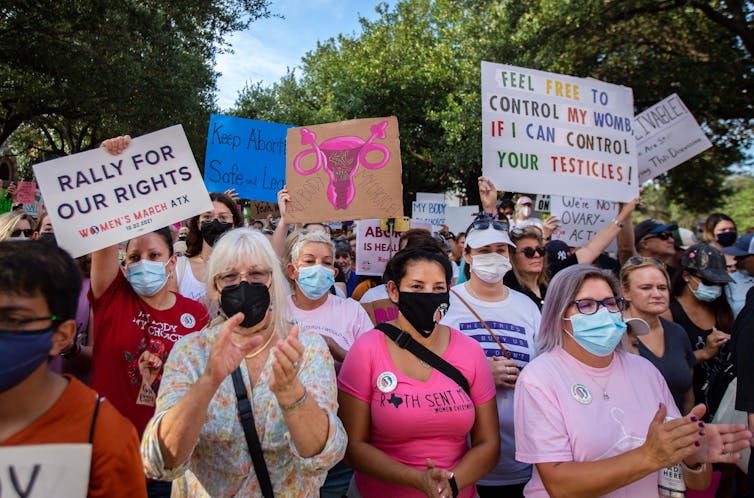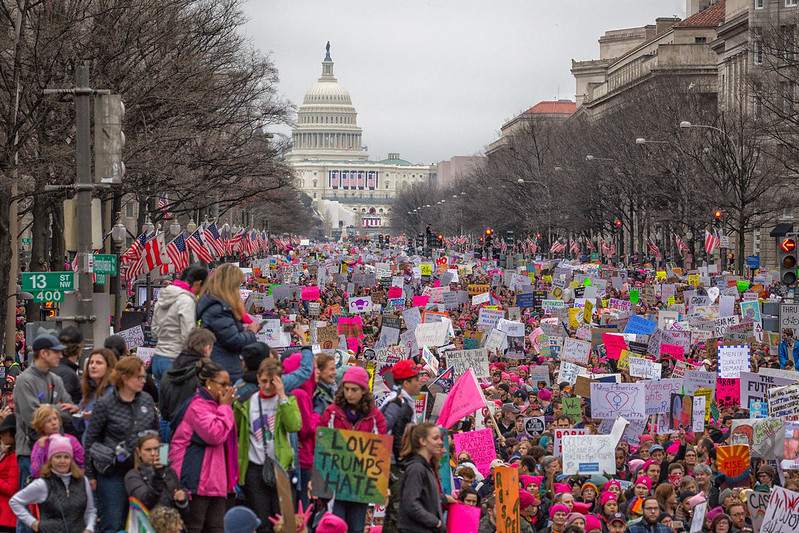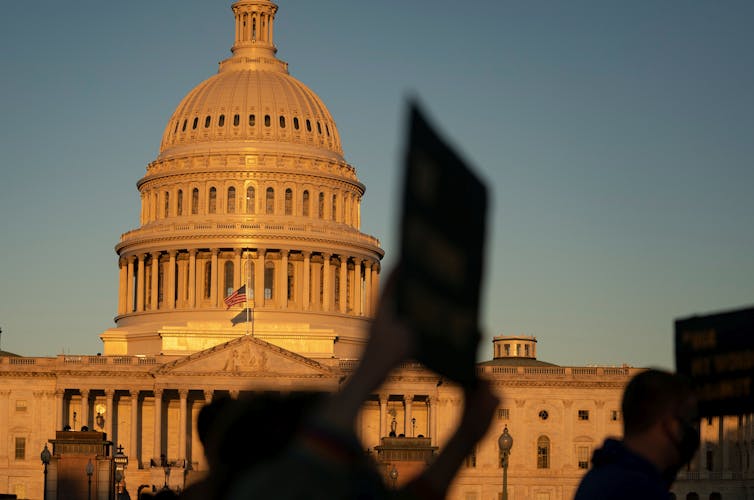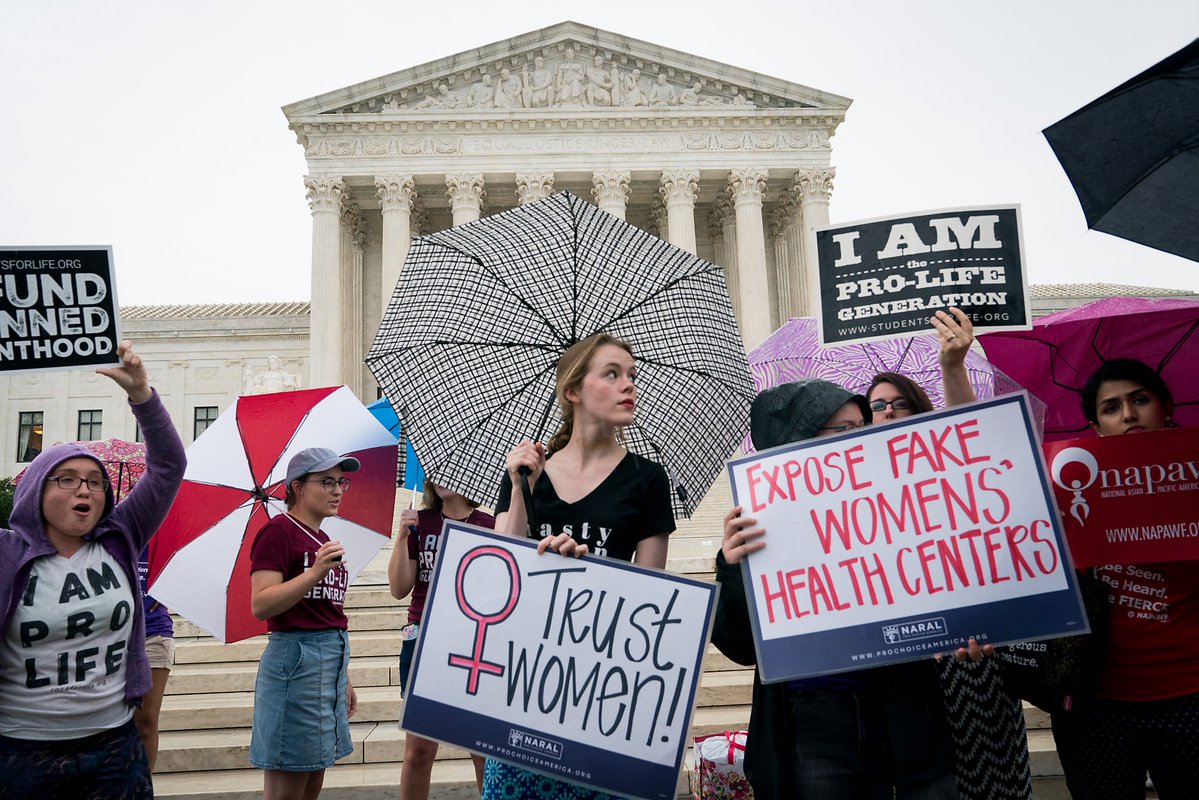“It seems like we have a new conservative supermajority on the court that is much more inclined to do a slash-and-burn expedition through our major environmental laws.”
By Julia Conley Published 1-25-2022 by Common Dreams

Coastal Wetlands at Parker River National Wildlife Refuge in Newburyport, MA.
Ohoto: Kelly Fike/USFWS/flickr/CC
Environmental advocates and congressional Democrats are raising alarm after the U.S. Supreme Court this week agreed to hear arguments in two cases regarding bedrock regulations designed to protect the quality of the nation’s air and water.
The nine justices announced Monday that they plan to hear arguments in the case of an Idaho couple who were blocked from building a home on their land by the Clean Water Act. According to the Environmental Protection Agency (EPA), Chantell and Michael Sackett’s land contained wetlands and the couple needed a federal permit to build. Continue reading







